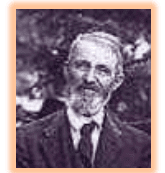
As the Civil War extended into its second year, President Abraham Lincoln appealed nationally, on July 1, 1862 for 300,000 additional Union soldiers. In response, Pennsylvania Governor A. G. Curtin called for 21 new regiments from the Commonwealth of Pennsylvania. The enlistment period was for nine months.

The 125th Regiment of Pennsylvania Volunteers was recruited and formed into ten companies from late July through early August. Henry S. Knoll volunteered for a 9 month enlistment as a Private in Company E, 125th Pa. Infantry Regiment on August 13, 1862. He was 22 years old at time of enlistment.
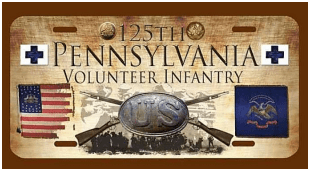
Less than six weeks after the regiment’s formation, it was rushed into the battle at Antietam. The Battle of Antietam was fought on September 17, 1862, near Sharpsburg, Maryland and Antietam Creek as part of the Maryland Campaign. It was the first field, army-level engagement in the eastern theater of the Civil War to take place on Union soil and is the bloodiest single-day battle in American history, with a combined tally of 22,717 dead, wounded, or missing.
The Regiment was noted for its charge through the East Woods, along the Great Cornfield, down Smoketown Road, past the Dunkard Church, and into the West Woods.

While in formation beyond the Dunkard Church in an 'overextended' position, Knoll’s Regiment repulsed four counterattacks at a price of 145 casualties within 20 minute period.
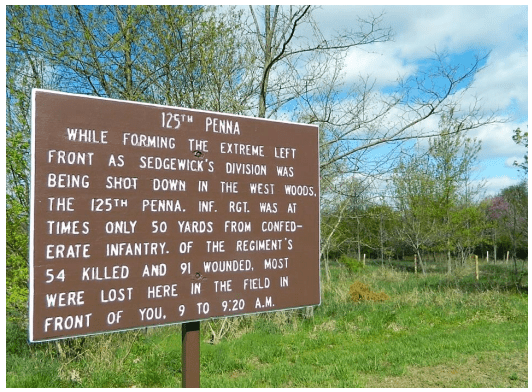

A fifth, heavily reinforced Confederate counterattack forced a retreat with a desperate struggle to retain the Regimental colors. During the 125th Pennsylvania's withdrawal from the their position in the West Woods, one of the most dramatic events in the regiment's history began with the regimental color-bearer, Sergeant George Simpson, who now stands immortalized in granite on top of the 125th Regiment’s, Antietam battlefield monument.
After receiving a bullet to the brain, Simpson fell on the flag and stained it with blood oozing from his right temple. Corporal Eugene Boblitz of Company H grabbed the colors and was soon felled with a leg wound that crippled him for life. Several other soldiers were shot trying to save the colors. Finally, Sergeant W.W. Greenland snatched up the bloodstained banner and passed it on to Captain William Wallace, who used it to rally the regiment. About 200 men formed in line, and about 60 gathered around the much-contested colors in protection. While modern day debate continues on how the U.S. flag should be treated, it appears that many soldiers were willing to give their lives for their flag on that fateful day.
Henry’s unit later served at Loudon Heights, VA, near Harper's Ferry. In January of 1863, while escorting a train of ammunition wagons from Dumfries to Stafford Courthouse, the 125th Pennsylvania endured the same days of heavy rain which stalled the movement of the Army's Center Grand Division (III and V Corps) toward Banks' Ford. This action became known as the “Mud March”, an abortive offensive in by Union Army Major General Ambrose Burnside during the Civil War. All participants in the Mud March moved very slowly or became stuck fast in the wet mud and Burnside's aspirations for success at Fredericksburg expired with his command.

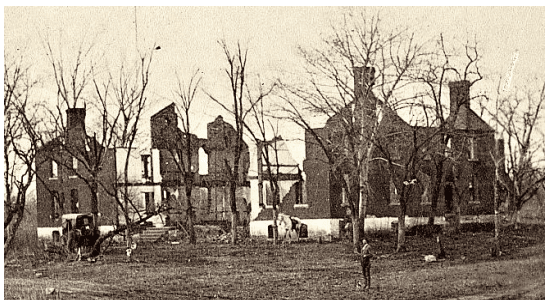
Two weeks before the end of his enlistment, Henry Knoll found himself occupying a defensive position during the battle for Chancellorsville. Prior to the three day battle, the men had constructed effective breastworks near the Chancellor Inn and Tavern. The 125th Pennsylvania's Regimental losses were limited with only 5 killed, 12 wounded, and 10 captured. The battle was an embarrassing defeat for General Hooker and the union army after Confederate General Stonewall Jackson attacked the rear of the Union defenses.
Henry mustered out of the service on May 18, 1863 and his regiment was disbanded. He filed for his Civil War pension in 1888 and it was renewed by his widow, Susannah Bashor-Knoll in 1922. He passed away on April 26, 1922 at the age of 81 and is buried in the Hygiene Cemetery in Colorado.

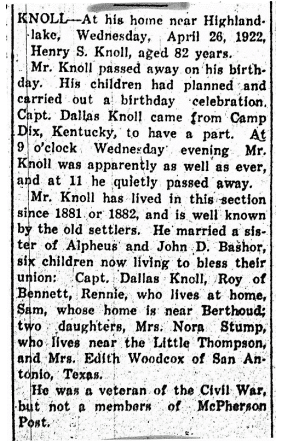

This document is a private family journal not intended for profit or any public use which may infringe on copyrights in regards to photographs or information obtained from open source material freely available on the internet. The document is not intended to be a sourced ancestry lineage but a historical story based on research of the family’s history. Compiled 5-4-2017.
